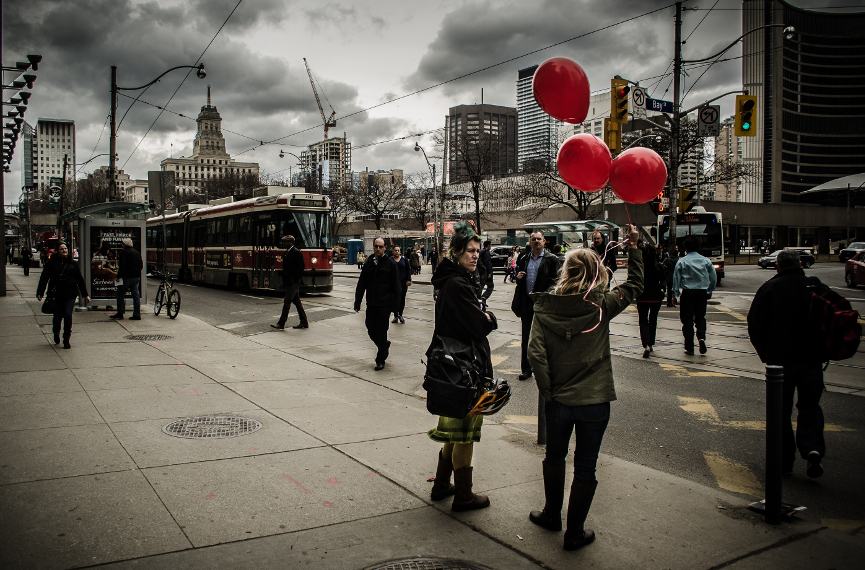More About Framing Streets
Table of ContentsThe Ultimate Guide To Framing StreetsThe smart Trick of Framing Streets That Nobody is Talking AboutThe Ultimate Guide To Framing StreetsFraming Streets - The FactsFraming Streets for DummiesThe Single Strategy To Use For Framing Streets
, normally with the objective of catching pictures at a definitive or touching moment by cautious framework and timing. https://hub.docker.com/u/framingstreets1.
The Buzz on Framing Streets
Susan Sontag, 1977 Road digital photography can focus on individuals and their actions in public. In this respect, the street photographer resembles social docudrama professional photographers or photojournalists who also operate in public places, but with the objective of recording relevant events. Any one of these professional photographers' photos may record individuals and property noticeable within or from public locations, which typically involves navigating moral problems and laws of personal privacy, security, and building.
Depictions of daily public life develop a style in virtually every period of globe art, starting in the pre-historic, Sumerian, Egyptian and very early Buddhist art durations. Art managing the life of the street, whether within sights of cityscapes, or as the leading motif, shows up in the West in the canon of the Northern Renaissance, Baroque, Rococo, of Romanticism, Realistic look, Impressionism and Post-Impressionism.
The Only Guide to Framing Streets
Louis Daguerre: "Blvd du Holy place" (1838 or 1839) In 1838 or 1839 the first photograph of numbers in the road was videotaped by Louis-Jacques-Mand Daguerre in one of a pair of daguerreotype sights taken from his studio home window of the Blvd du Holy place in Paris. The second, made at the height of the day, reveals an uninhabited stretch of road, while the other was taken at regarding 8:00 am, and as Beaumont Newhall reports, "The Blvd, so frequently loaded with a moving bunch of pedestrians and carriages was flawlessly solitary, except a person that was having his boots combed.
, who was influenced to embark on a similar documentation of New York City. As the city created, Atget assisted to promote Parisian streets as a deserving subject for digital photography.
How Framing Streets can Save You Time, Stress, and Money.
Andre Kertesz.'s extensively admired Images la Sauvette (1952) (the English-language edition was titled The Decisive Moment) promoted the idea of taking a photo at what he described the "crucial minute"; "when type and content, vision and structure combined into a transcendent whole" - Sony Camera.
Not known Facts About Framing Streets
The recording equipment was 'a concealed video camera', a 35 mm Contax concealed under his coat, that was 'strapped to the upper body and connected to a lengthy wire strung down the appropriate sleeve'. Nevertheless, his job had little contemporary impact as due to Evans' level of sensitivities about the creativity of his project and the privacy of his subjects, it was not published up until 1966, in the publication Several Are Called, with an intro created by James Agee in 1940.
Helen Levitt, then an educator of little ones, connected with Evans in 193839. She documented the transitory chalk illustrations - Lightroom presets that were Extra resources part of children's street culture in New York at the time, as well as the children who made them. In July 1939, Mo, MA's new digital photography area consisted of Levitt's job in its inaugural eventRobert Frank's 1958 publication,, was significant; raw and usually out of focus, Frank's images questioned conventional digital photography of the moment, "challenged all the formal rules laid down by Henri Cartier-Bresson and Walker Evans" and "flew in the face of the wholesome pictorialism and sincere photojournalism of American publications like LIFE and Time".